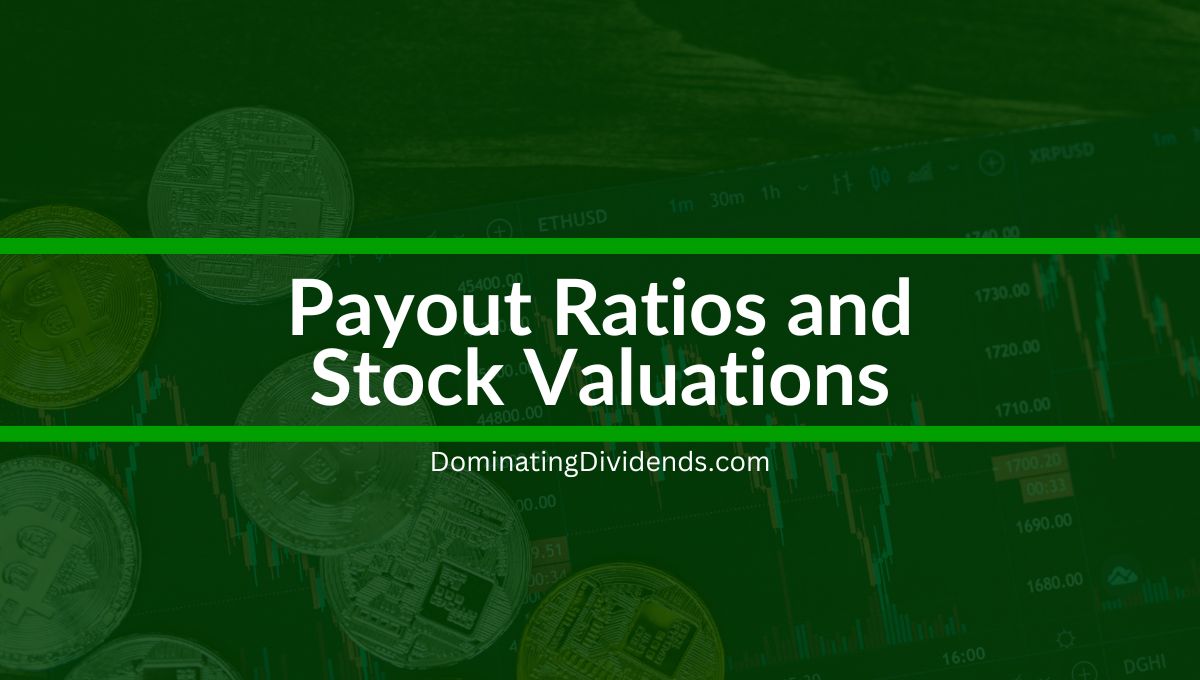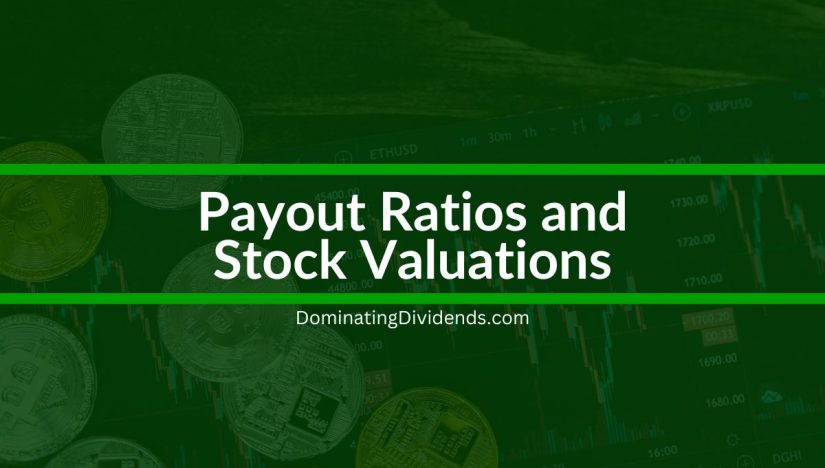
Many investors favor straightforwardness and utilize the payout ratio as a quick reference for a company’s capacity to distribute dividends to its shareholders. Typically, it appears as follows:
**That shortcut is a poor utilization of the payout ratio.**
While the payout ratio serves as a significant marker of dividend endurance, it demands the right context for precise interpretations. This guide will assist you in understanding how to provide context, identify various types of payout ratios, and employ them effectively without overlooking valuable chances.
### How Payout Ratios are Computed
The classic equation is rather straightforward:
**Dividend per Share ÷ Earnings per Share**
Although simple, it presents a pitfall—do the earnings refer to a quarterly, yearly, or trailing twelve-month duration? Different platforms showcase various timeframes.
Examine Royal Bank (RY.TO) during the 2020 pandemic:
– **Oct 2019: EPS $2.18 / Dividend $1.05 = 48%**
– **Jan 2020: EPS $2.40 / Dividend $1.05 = 44%**
– **Apr 2020: EPS $1.00 / Dividend $1.08 = 108%**
– **Jul 2020: EPS $2.20 / Dividend $1.08 = 49%**
– **TTM: EPS $7.78 / Dividend $4.26 = 55%**
Focusing solely on April 2020 could induce worry. However, the heightened payout ratio stemmed from a substantial provision for credit losses—a reserve, rather than a real loss. Royal Bank’s dividend reliability wasn’t truly jeopardized.
Evaluating Royal Bank’s payout ratios during the pandemic underscores the potential for atypical earnings to entirely shift the payout percentage. Luckily, not every incident leaves a lasting impact.
**The takeaway: Results from a single quarter can skew perceptions. Always assess the long-term trend, and examine quarterly reports for any irregularities.**
### Trends Are Your Allies
An isolated figure carries limited significance. At first glance, a 40–50% payout ratio for Royal Bank appears acceptable. But what if the historical average was closer to 35% or 60%? Trends offer clarity.
Royal Bank’s payout ratios have consistently been below 50%, increasing to the low 60s during recessions. The only remarkable exceptions were around 2008–2010 and the recent COVID quarter. Grasping historical averages aids in evaluating current figures.
Apply this method for any company by comparing its ratio to historical trends rather than arbitrary standards.
### What Constitutes a “Good” Payout Ratio?
Ideally, maintaining the ratio under 80% allows for dividend growth and reinvestment in the business. However, this ideal differs by sector:
– **Canadian banks and utilities**: generally target 45–50%
– **Tech companies**: might settle for 15–30%, prioritizing significant reinvestment
– **Cyclicals like 3M**: vary with economic cycles, potentially hitting 75–80% during downturns
3M acts as a warning. Once a Dividend King with over 60 years of growth, it divested a division in 2024 and decreased its dividend. The payout ratio had been gradually rising over the years, frequently exceeding its prior 40–60% range. Trends predicted the result.
My preference encompasses a 25–80% range, yet I don’t automatically reject companies outside it. A high ratio is a warning, not an instant disqualification.
### When 100%+ Isn’t the End of the Line
A payout ratio surpassing 100% indicates the company is distributing more in dividends than it earns (EPS basis) or generates (cash basis). Such a scenario isn’t typically sustainable long term, but can be a temporary issue.
Starbucks (SBUX) experienced its payout ratio surge to 296% in 2020 due to store closures from lockdowns. Following reopening, earnings and the ratio returned to balance, and the dividend remained unchanged.
### Industry Specificities and Alternative Ratios
Certain sectors struggle under the traditional EPS-based ratio due to considerable non-cash expenses or capital projects. Therefore, alternative ratios are available:
– **Distributable Cash Flow (DCF) Payout Ratio**: Employed by pipelines and utilities; excludes substantial depreciation affecting EPS.
– **Funds from Operations (FFO) Payout Ratio**: Used by REITs; offers a clearer depiction of cash available for distribution.
Enbridge (ENB.TO) illustrates this. On an EPS basis, its payout ratio often exceeds 100%.
Using DCF, it aligns with its target at 65–70%. This doesn’t overlook the high EPS ratio—capital-intensive businesses still incur debt and interest risks—but emphasizes the necessity of utilizing the correct metric for each business model.
### Negative Payout Ratios
A negative EPS results in a negative traditional payout ratio. Likewise, negative free cash flow after capital expenditures can
